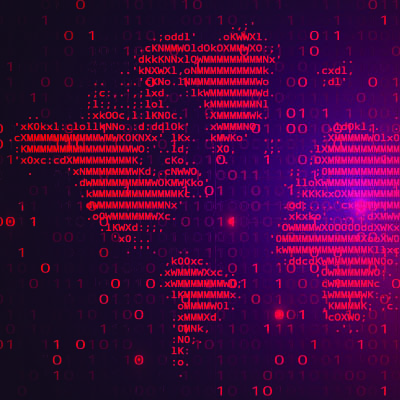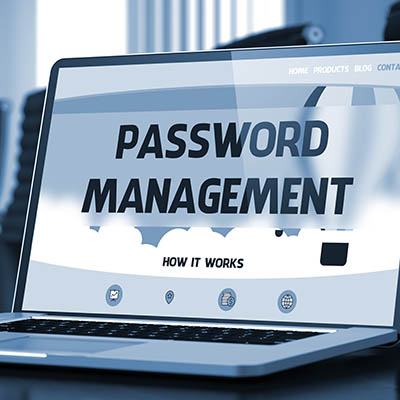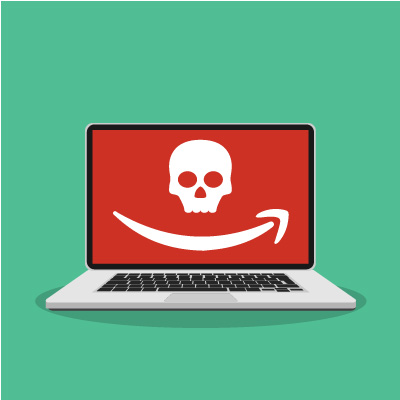Users seem to have a bit of a blind spot when it comes to solutions put out by Google, particularly the risks associated with Gmail. It’s almost odd to say: a security threat leverages Gmail. Unfortunately, it isn’t unheard of, as a phishing scam has been leveraging Gmail and its cooperation with Google Calendar for some time now.
To the average person there are some definite blurred lines between IT security and IT compliance. In fact, these lines are so blurry to most people that they would consider them the same thing. They aren’t. How is it possible to create a fully compliant, completely secure computing environment? You start by understanding how to make both possible.
If you are concerned about your business’ ability to keep its network secure and data protected, you’re not alone. More businesses than ever are utilizing modern strategies to ensure that their networks are safe, their hardware is stable, and that their data stays secure. With the continual shifts we are seeing in the threat landscape it is essential that cybersecurity continues to evolve. Today, we take a look at some of the innovations being made in cybersecurity, and what to expect out of future cybersecurity tools.
Most people know what a URL is. It’s the address of a website, typically starting with http:// or https://, and it is essentially the location of a web page or application that can be accessed through a web browser or application. Nowadays, URLs are being manipulated by actors for both positive and negative means. Let’s take a look at URL manipulation and how it could affect you.
The way a business handles network security is directly related to what problems will arise from their use of information systems. Cybersecurity has become a major part of all businesses, of all geographic locations, and all sizes. Because the better your cybersecurity is, the less problems your business will have to overcome, cybersecurity has grown into a multi-hundred-billion dollar a year industry. Cybersecurity hasn’t always been a concern for businesses. After all, the internet hasn’t been around for THAT long. However, the history of cybersecurity has a fascinating story behind it, and today we’d like to share it with you.
Too frequently, we hear stories about cyberattacks, software vulnerabilities turned tragic, and other pretty terrible situations for businesses. In an effort to help fight this, we’ve put together a list of handy tips for you so that you can be prepared to ward off threats.
Has your business’ network been breached? If not, you will need to continue to prioritize network security to keep hackers at bay. With 446 million records compromised in 2018 alone, businesses need to understand what threats they are currently under. Let’s take a look at some of the biggest data breaches that have happened since the beginning of May.
Passwords are hard to remember – there’s no denying that. However, there is also no denying how important it is to use different ones for each account, all sufficiently complex, and all the rest. The point is, a lot of people use bad password practices because (to be frank) good password practices are too intimidating. There has to be some kind of acceptable middle ground… right?
We’ve all caught the obvious spam email, like the message that is clearly bogus, or the offer that is definitely too good to be true. We’re going to confidently assume none of our readers are getting tricked by Nigerian Princes or getting roped into order virility drugs from an unsolicited email. The real threat comes from the more clever phishing attacks. Let’s take a look.
In 2018, Amazon was struck by a considerable attack, with hackers taking funds from approximately 100 seller accounts, according to a Bloomberg report. Between May and October 2018, Amazon sellers were struck approximately 100 times, draining funds from the seller control platform to augment their own funds. According to the investigation, the first fraudulent transaction took place on May 16, 2018, with an undisclosed amount being stolen. The hackers utilized phishing attacks in order to scam their targets.










